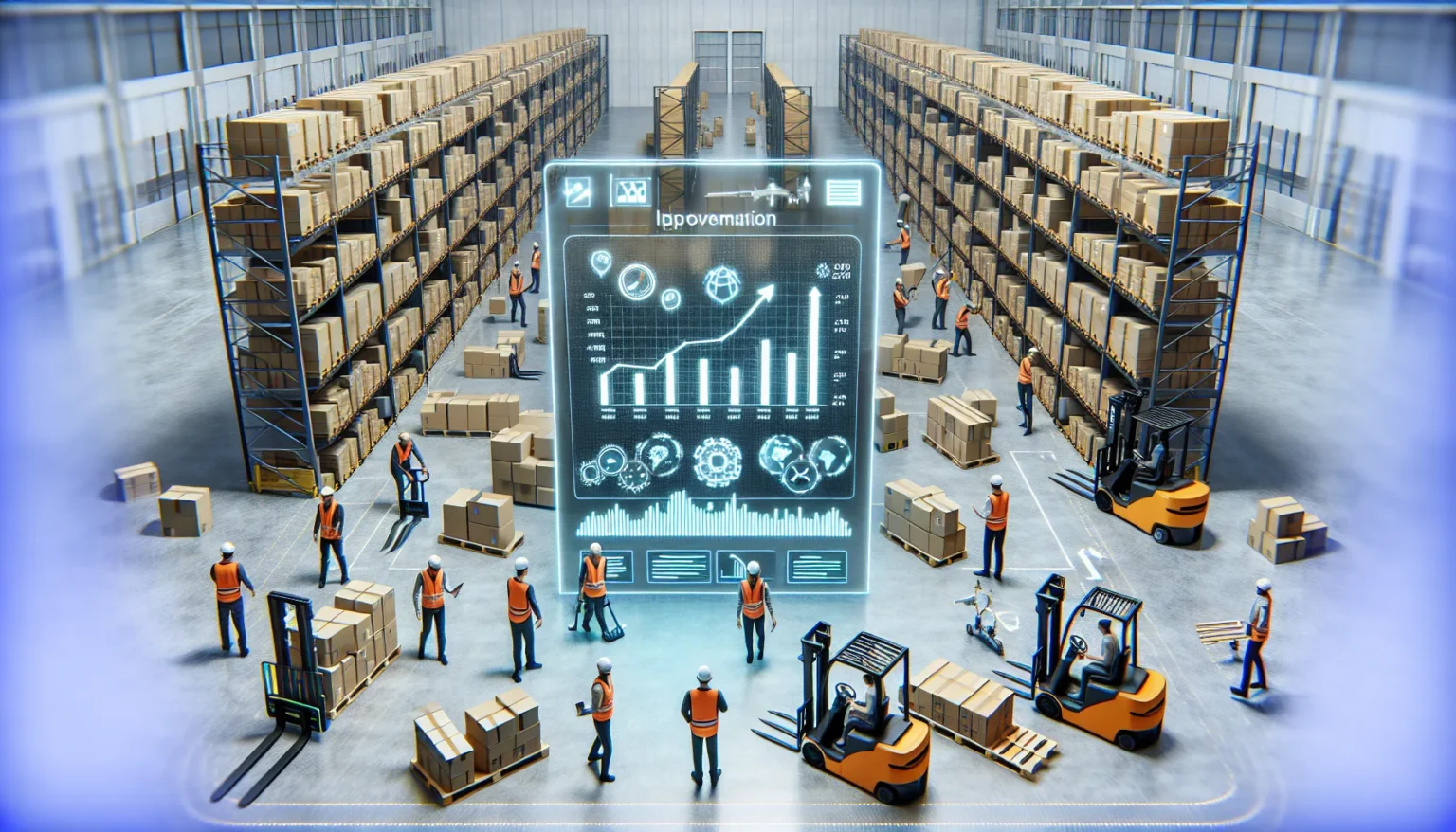Efficiency, safety, and productivity are the cornerstones of any successful industrial or warehouse operation. As supply chains evolve and customer expectations rise, businesses must continuously adapt their internal workflows to stay competitive. One of the most critical elements of that adaptation is investing in reliable, efficient, and scalable material handling equipment. Tri-Lift Industries provides end-to-end solutions that empower organizations to move, store, and manage goods effectively across all stages of their operation.
Material handling equipment encompasses a broad category of tools, machinery, and systems designed to move goods within a facility. From pallet jacks and forklifts to conveyors and automated storage systems, each piece of equipment serves a specific function within the broader ecosystem of industrial logistics. Choosing the right mix of material handling solutions—and maintaining them properly—has a direct impact on throughput, labor efficiency, and worker safety.
Understanding the types, applications, and benefits of material handling equipment helps businesses build smarter, safer, and more scalable operations.
Types of Material Handling Equipment
Material handling equipment generally falls into four main categories, each tailored to a specific phase of goods movement and storage:
1. Storage and Handling Equipment
This category includes shelving, pallet racks, mezzanines, bins, and other static systems designed for organized storage.
- Pallet Racking Systems: Ideal for storing palletized goods in high-density vertical layouts.
- Cantilever Racks: Suited for long or irregularly shaped materials like piping or lumber.
- Bins and Containers: Help keep small parts and materials grouped and accessible.
- Mezzanines: Add vertical workspace or storage areas in existing facilities.
2. Industrial Trucks and Lift Equipment
These machines are used to transport goods across distances within a facility.
- Forklifts: Available in electric and internal combustion models, forklifts are the backbone of indoor and outdoor material transport.
- Pallet Jacks: Useful for short-distance moves, often operated manually or semi-electrically.
- Order Pickers: Allow operators to retrieve items from tall shelving systems.
- Tow Tractors: Used to pull trailers or carts through a facility.
3. Bulk Material Handling Equipment
Used for managing large volumes of loose or granular material.
- Conveyor Belts: Automate repetitive material movement over long distances.
- Bucket Elevators: Transport materials vertically in bulk.
- Hoppers and Silos: Designed for temporary storage and dispensing of materials like grain or cement.
- Stackers and Reclaimers: Used in mining, construction, and manufacturing for mass handling tasks.
4. Automated Systems
Modern facilities increasingly rely on automation to improve throughput and reduce labor costs.
- Automated Storage and Retrieval Systems (AS/RS): Use robotic systems to manage inventory with high precision.
- Automated Guided Vehicles (AGVs): Driverless vehicles that transport materials based on pre-programmed paths.
- Sortation Systems: Automatically classify and route items to the correct destination.
Tri-Lift Industries supports businesses with material handling equipment tailored to their size, industry, and workflow complexity, from manual tools to advanced automation technologies.
Benefits of Material Handling Equipment
1. Increased Efficiency
Material handling equipment minimizes the time and effort required to move goods within a facility. Machines like forklifts and conveyors accelerate throughput and reduce idle time across operations.
2. Improved Worker Safety
Manual lifting and repetitive strain injuries are leading causes of workplace injuries. Material handling systems reduce physical labor demands, helping companies create safer work environments. Features like ergonomic controls, guardrails, and automated safety sensors help protect personnel from risk.
3. Optimized Space Utilization
Vertical storage systems, compact transport vehicles, and modular racking help maximize available floor space. This is particularly important in urban facilities or warehouses with growing inventory demands.
4. Scalability
As business volume grows, equipment like AS/RS, tow tractors, and conveyors can be scaled or integrated into larger systems. This allows operations to expand without needing to overhaul the entire workflow.
5. Cost Savings
While the initial investment in equipment can be significant, long-term savings in labor, reduced injuries, and increased output make it worthwhile. Automation systems also help reduce human error and improve inventory accuracy.
Choosing the Right Equipment for Your Operation
Before investing in material handling equipment, businesses should conduct a thorough workflow analysis. Key considerations include:
- Type and size of inventory
- Facility layout and available space
- Volume of goods moved daily
- Safety requirements and compliance standards
- Labor force availability and skill level
- Growth plans and future scalability
Working with an experienced equipment provider ensures proper selection, layout planning, and integration. Tri-Lift Industries offers equipment consulting and turnkey solutions to help companies make data-driven decisions when upgrading their material handling infrastructure.
Maintaining Material Handling Equipment
Like any machinery, material handling systems require consistent upkeep. Regular maintenance prevents mechanical failures, protects your investment, and extends equipment life. Key maintenance practices include:
- Scheduled inspections of moving parts, hydraulic systems, and electronics
- Lubrication of joints, chains, and mechanical interfaces
- Calibration and software updates for automated systems
- Operator training to reduce misuse and increase awareness of proper handling
- Service logs and preventive checklists to track wear-and-tear trends
Ignoring maintenance can lead to cascading failures across your workflow, especially when equipment like forklifts, conveyors, or AS/RS systems are tightly integrated into order fulfillment or manufacturing processes.
Industry Applications of Material Handling Equipment
Material handling equipment is essential across many industries, including:
- Retail and E-Commerce: For inventory sorting, storage, and shipping
- Manufacturing: Moving raw materials, components, and finished goods
- Food and Beverage: Handling perishable goods under strict sanitation requirements
- Automotive: Transporting heavy parts and managing assembly line flow
- Construction: Moving bulk materials and positioning equipment at job sites
- Pharmaceuticals: Ensuring sterile and secure material movement
Customizing equipment to meet the standards of these industries ensures compliance and improves overall process reliability.
Conclusion
Material handling equipment plays a central role in driving warehouse productivity, workplace safety, and long-term operational success. Businesses that invest in the right tools—along with strong maintenance practices and forward-thinking system design—can handle increasing demands without compromising efficiency. Tri-Lift Industries offers comprehensive material handling equipment solutions, from manual handling tools to high-tech automation, helping companies optimize their operations and build a more resilient supply chain. Whether you’re scaling your operations or upgrading outdated systems, choosing the right equipment is a strategic step toward sustainable growth.

















